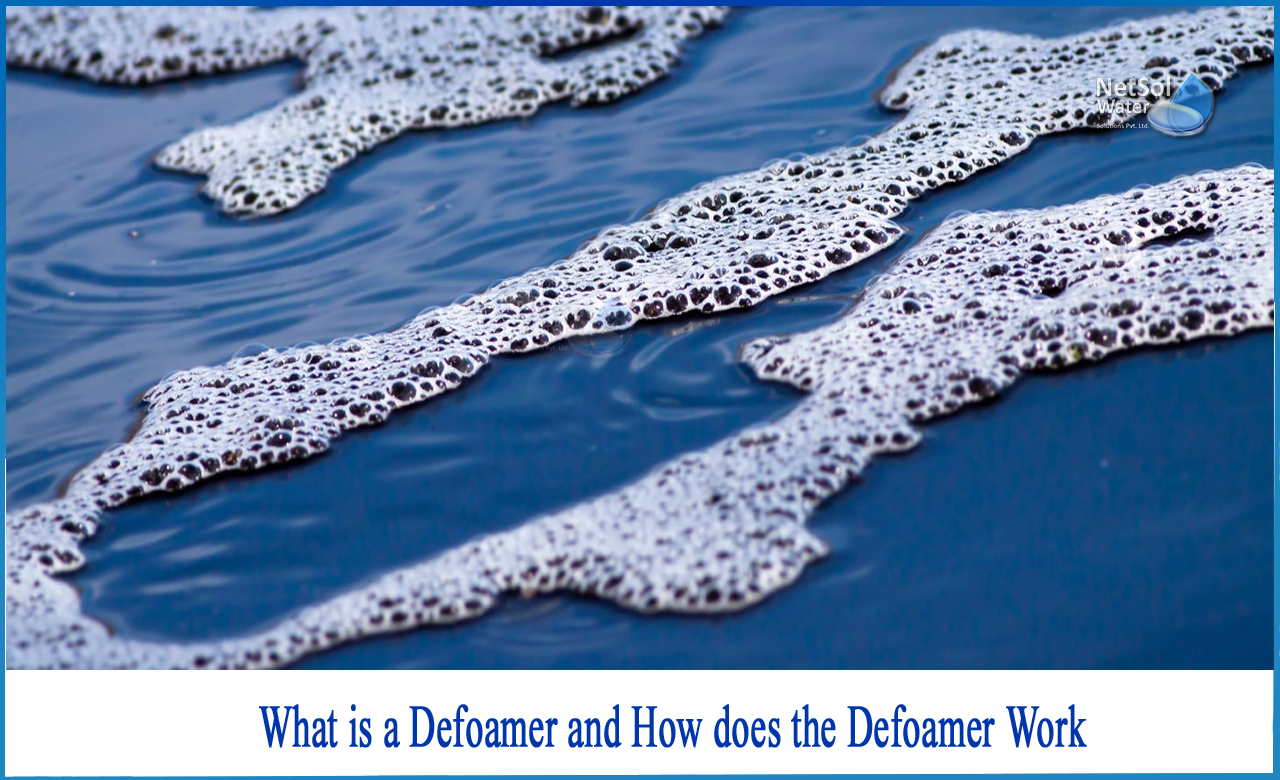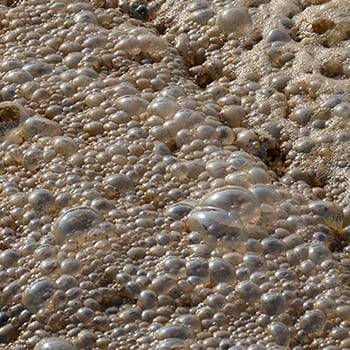The Science Behind Defoamers and Their Role in Foam Control
Picking the Right Defoamer for Your Specific Application Demands
Selecting the proper defoamer for specific application demands is a nuanced procedure that demands cautious factor to consider of several variables, such as the foam type, operating, and tool conditions. Recognizing the subtleties of defoamer performance-- including rate and determination-- while likewise representing environmental and regulatory aspects is critical. In addition, participating in tests and talking to suppliers can provide valuable understandings. Browsing these complexities can be difficult, and the repercussions of a bad option might be significant. What techniques can be employed to ensure an optimal selection?
Comprehending Foam Development
Foam development occurs when gas is caught within a liquid, producing a stable structure of bubbles. This sensation can substantially influence various industrial procedures, specifically in markets such as food manufacturing, pharmaceuticals, and wastewater therapy. The presence of foam can impede blending, lower item high quality, and also cause functional ineffectiveness.
Foam commonly creates because of a combination of aspects, including surface-active representatives, anxiety, and the qualities of the liquid phase. Surfactants lower the surface area stress of the liquid, promoting the formation of bubbles that can stabilize and integrate. Anxiety, whether from mechanical mixing or gas introduction, enhances bubble development, bring about increased foam quantity.
Recognizing the auto mechanics of foam formation is important for sectors aiming to optimize their procedures. By determining the particular conditions that advertise foam generation, companies can implement approaches to alleviate its impacts. This understanding lays the foundation for picking ideal defoaming representatives that effectively target the distinct obstacles positioned by foam in different applications. An extensive understanding of foam development is essential for boosting performance and keeping product integrity across various markets.
Kinds Of Defoamers Available
Different sorts of defoamers are available to deal with the difficulties posed by foam in industrial applications. defoamers. Extensively categorized, defoamers fall under three groups: silicone-based, non-silicone-based, and natural defoamers
Silicone-based defoamers are renowned for their performance and security across a wide variety of temperatures and pH levels. They are commonly made use of in applications where solid foam suppression is required, such as in adhesives, paints, and coverings. Their low surface stress enables fast foam collapse.
Non-silicone-based defoamers, often made from organic compounds, use an alternative for applications conscious silicone deposits. These defoamers can be additional split into polyether and ester kinds, each customized to fulfill specific formula needs. Non-silicone defoamers are frequently made use of in food handling and individual treatment items due to their compatibility with numerous solutions.
All-natural defoamers, originated from plant or pet resources, are gaining grip due to their green profile. These products are specifically appealing in applications where governing compliance and sustainability are vital, such as in agrochemicals and biotechnology.
Selecting the right kind of defoamer is crucial for optimizing efficiency and making sure compatibility with particular applications.
Secret Application Considerations
When selecting a defoamer, it is necessary to think about the details application needs to make sure ideal performance. defoamers. Various sectors have distinct demands, such as food processing, drugs, or wastewater therapy, and each application might need distinct defoaming buildings
Secret elements to evaluate include the medium in which the defoamer will certainly be used, whether it is water-based, oil-based, or a mix thereof. The temperature and pH degrees of the application can likewise significantly affect the efficiency of a defoamer. Additionally, compatibility with various other chemicals present in the system is critical to stop adverse responses that could jeopardize performance.
One more important factor to consider is the foaming habits of the specific system. Comprehending whether the foam forms swiftly or slowly can assist the selection of a defoamer that targets the origin successfully. Furthermore, the wanted speed of defoaming can affect the choice, as some applications require fast activity while others may endure slower defoaming procedures.
Finally, regulatory and environmental factors to consider should not be ignored, specifically in industries with from this source strict compliance demands. Choosing a defoamer that straightens with these factors makes sure both performance and safety and security in the application.

Performance Screening Approaches
Reviewing the efficiency of a defoamer calls for an organized technique to screening that precisely gauges its effectiveness in specific applications. Different performance testing methods can be utilized to establish the ideal defoamer for a given formula.
One typical method is the bubble examination, which evaluates the defoamer's capacity to decrease foam quantity over time. This test includes generating a steady foam and after that adding the defoamer to observe the price of foam collapse.
.png?width=250&height=140&name=35722%20BOR%20Defoamers%20Ad_V8-BACKGROUND%20(2).png)
Ultimately, selecting the suitable performance testing method depends upon the particular application and the type of foam being resolved. Each approach supplies beneficial information that can guide formulation adjustments and enhance the effectiveness of the defoamer in practical applications.
Finest Practices for Choice


Next, think about the defoamer's efficiency in terms of rate of activity and persistence. A quick-acting defoamer might be essential for processes where fast foam suppression is crucial, while a more consistent solution may be required for long term foam control. In addition, evaluate the environmental effect of the defoamer, including its biodegradability and any kind of regulatory compliance requirements.
Conduct trials with chosen defoamers to establish their efficiency in real-world problems. By sticking to these ideal methods, you can improve foam control efficiency and make sure the durability of your procedures.
Final Thought
In summary, picking the proper defoamer necessitates a detailed analysis of numerous factors, including foam kind, tool, operating conditions, and environmental considerations. Understanding the distinct qualities of foam development and the offered defoamer options is essential. In addition, utilizing efficient efficiency screening approaches and sticking to ideal practices throughout the option process will certainly improve the chance of attaining optimum discover this info here defoaming results. Ultimately, an educated option method will certainly attend to specific application needs and alleviate lathering difficulties efficiently.
Selecting the proper defoamer for certain application requirements is a nuanced process that demands mindful consideration of numerous factors, such as the foam operating, tool, and kind problems.Picking the appropriate defoamer is important for accomplishing ideal efficiency in foam control applications. A quick-acting defoamer may be needed for procedures where fast foam suppression is vital, while an extra consistent formula may be needed for extended foam control.In summary, choosing the proper defoamer demands a comprehensive examination of numerous factors, including foam type, medium, operating problems, and environmental considerations. Understanding the unique qualities of foam formation and the available defoamer alternatives is critical.